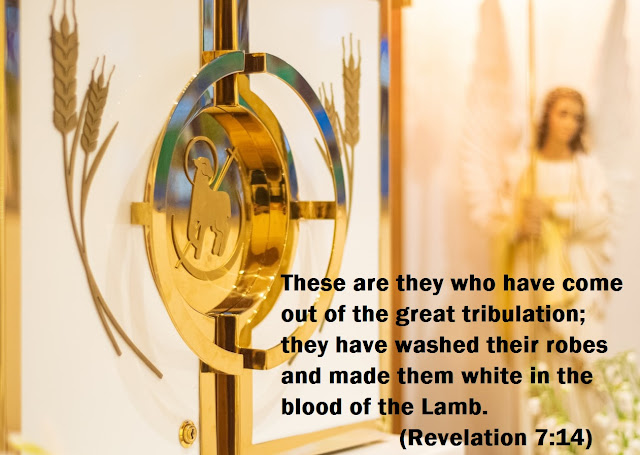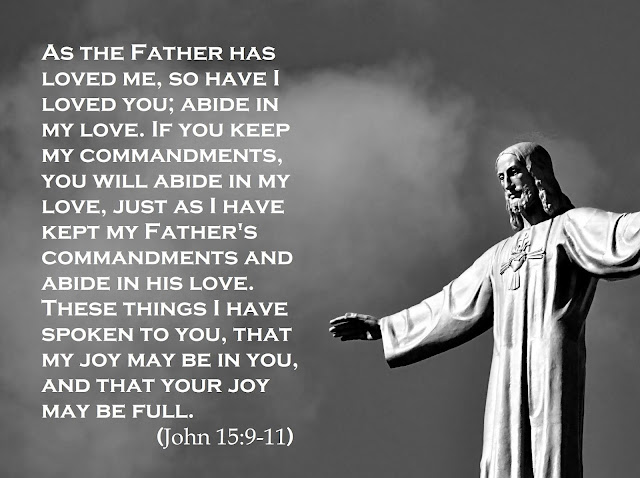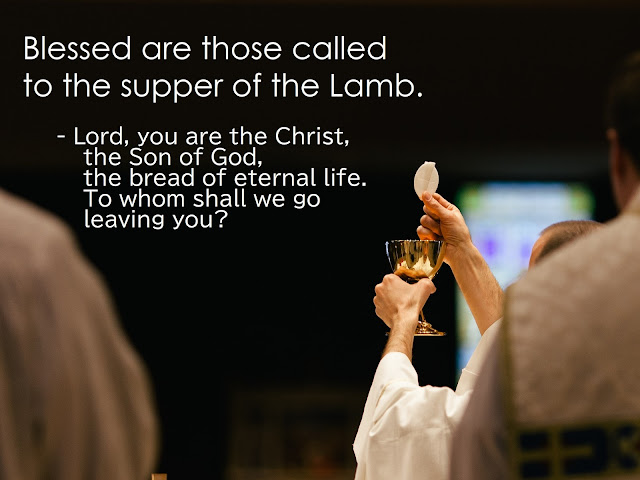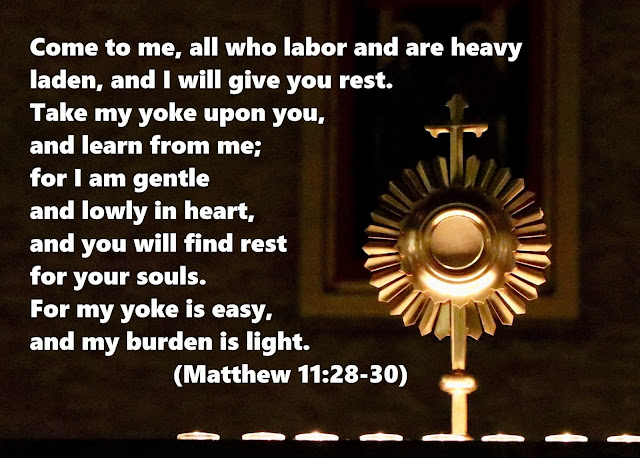The Estuary of Theology24
The White Robe
The training of the Book of Revelation is most effective when we focus on capturing the worldview of Jesus depicted in the text with our senses (five-sense data). Therefore, it is beneficial for us to practise the training, even if it is only a few lines, often whenever it is convenient in a day. The training of the Book of Revelation will infuse the worldview of Jesus into one’s memory of the senses (five-sense data), and by practising it many times a day, the worldview of Jesus is expected to constantly appear in his/her unconscious realm, that is, in his/her memory of the senses (five-sense data), and to be internalized. In the case of those who have trouble in one of their senses, this training will impress the worldview of Jesus more strongly on their memories of the senses (five-sense data) because other senses of them will work more acutely to complement the impaired sense. Moreover, the worldview of Jesus, which has descended to one’s unconscious realm, helps his/her past memories put in the realm to be accurately made into knowledge, and it will force him/her to correct the recognition of his/her knowledge of good and evil that gets connected with these memories and will heal the “bruised heel” (cf. The Estuary of Theology issue 21).
By
the way, I want you to recall that I wrote in The Estuary of Theology
issue 21 as follows. This time, I would like to reflect on the topic that I
wrote, “We will deal with this topic in the next issue or later,” and to make
sure of the importance of the training of the Book of Revelation, the formation
of the twofold spirituality of the Holy Spirt, and attending the Mass.
“Also
I saw the souls of those who had been beheaded for their testimony to Jesus and
for the word of God, and who had not worshiped the beast
or its image and had not received its mark on their foreheads or their hands.
They came to life, and reigned with Christ a thousand years. The rest of the dead did not come to life until the
thousand years were ended. This is the first resurrection” (Revelation 20:4-5). The phrase “This
is the first resurrection” is related to this entire text and shows that
the structure of God’s salvation is in this text. We will be able to understand
this structure clearly by sharing in the two-fold spirituality of the Holy
Spirit, which is deeply connected with the Mass. We will deal with this topic
in the next issue or later.
The
word “testimony to Jesus” here refers to the training of the Book of
Revelation that gives us the worldview of Jesus. The word “for the word of
God” refers to the formation of the twofold spirituality of the Holy Spirit
that makes us realize “God’s plan.” “Those who had
been beheaded” are people whose knowledge of good and evil is connected
with “God’s plan,” whose free will is drawn to the Word of God “Let there be,” and
who make decisions and act with the Spirit of Jesus as if they were those who cannot
think any more because of having been beheaded. They are not “those who had
been slain for the word of God and for the witness they had borne” (Revelation
6:9). In Revelation, these two kinds of people are described distinctively. A
discussion on this topic is at the end for reference.
People
who are constantly undergoing the training of the Book of Revelation and the
formation of the twofold spirituality of the Holy Spirit will be willing to
collaborate with the Spirit of Jesus on various events that they encounter in
their daily life of going to the Mass paying individual
sacrifice and will come to make efforts not to miss the chance of doing it.
The Mass, with the blessing at the dismissal, is directed to the next Mass. People
who consciously place themselves in this flow that connects Mass to Mass and
who are always willing to collaborate with the Spirit of Jesus have no
opportunity to worship the beast or its image and to receive its mark on their
foreheads or their hands.
“They
came to life, and reigned with Christ a thousand years.
The rest of the dead did not come to life until the thousand years were ended.
This is the first resurrection.” The expression “They came to life”
means that they clothed themselves in white robes and passed through death to
the first resurrection. “Christ” here refers to the Holy Eucharist. The word “thousand
years” refers to the time of the Mass celebrated at the altar on earth that is
connected with the altar in heaven, and it means that the time of the Mass,
with the mission, spreads universally over the world. The expression “[They]
reigned with Christ a thousand years” means that those who have passed
through death clothing themselves in white robes will enjoy the grace to attend
both the heavenly and earthly Masses.
“The
rest of the dead” includes the free minds that have become evil
spirits as well as the free minds that remain and wander in the world even
after they have died and lost the knowledge of good and evil as well as the
memory of senses (five-sense data) together with the bodies because they had
been connected with the knowledge of good and evil that had been so attached to
earthly life. The expression, “The rest of the dead did not come to life
until the thousand years were ended,” means that these free minds cannot enjoy
the resurrection until the Eucharist is eaten at the end of the Mass and until they
encounter the Word “is” jumping out of the Eucharist to save them (cf. The
Estuary of Theology issue 16).
To
sum up the above discussion, Revelation 20:4-5 can be interpreted as follows: “Also,
I saw the spirits of those who were in the darkness of no-information of God
and of self because they had answered the spirit of Jesus who had wished to
enter into the activity of people and to co-operate with them in their
decision-making and activity. These people, who have become as if they were
beheaded, did not worship that beast or its image, nor did they receive its
mark on their foreheads or their hands, because they were cooperating with the
Spirit of Jesus. They clothed themselves in white robes, passed through death
to the first resurrection, and enjoyed the grace to attend the heavenly and
earthly Masses with the Holy Eucharist. The rest of the dead, free minds that
have died and become evil spirits and free minds that remain in and wander
about the world after death because they have been so attached to earthly life,
will not enjoy the resurrection until the Eucharist is eaten by Christians and until
the presence of God gets out of the Eucharist and takes them with him saving
them.”
Christians
who are helped by the training of the Book of Revelation and formed well in the
twofold spirituality of the Holy Spirit in the Mass-centred life will soon become
able to miss no moment when they can collaborate with the Spirit of Jesus.
Thus, their free will become always with the Word “Let
there be” that sustains human’s being. When one day death comes to them and
the Word “Let there be” leaves their bodies, which are doomed to return to the
dust, and returns to the Father, their free will will be drawn to the Word “Let
there be” as before and will follow it. They, clothed in white robes with palm
branches in their hands, will join the great multitude, which no one can count,
standing before the throne and before the Lamb (cf. Revelation. 7:9).
They
have lived paying individual sacrifice, undergoing the great tribulation, which
is sometimes accompanied by persecution even today, gathering in the Mass, and
washing themselves with the Word and the Holy Eucharist. God knows each of
them. “Then one of the elders addressed me, saying, ‘Who are these, clothed
in white robes, and whence have they come?’ I said to him, ‘Sir, you know.’ And
he said to me, ‘These are they who have come out of the great tribulation; they
have washed their robes and made them white in the blood of the Lamb’”
(Revelation 7:13-14).
In
the “first resurrection,” there is the structure of God’s salvation. Structure
is the relationship between the elements that compose it. The training of the Book
of Revelation, the formation of the twofold spirituality of the Holy Spirit, and
the participation in the Mass each have their own structure. They, as elements,
again make up the structure of salvation. Each Christian, because of their
name, is to be a part that sustains this structure of salvation. And the
following words will be fulfilled: “Therefore are they before the throne of
God, and serve him day and night within his temple; and he who sits upon the
throne will shelter them with his presence. They shall hunger no more, neither
thirst any more; the sun shall not strike them, nor any scorching heat. For the
Lamb in the midst of the throne will be their shepherd, and he will guide them
to springs of living water; and God will wipe away every tear from their eyes”
(Revelation 7:15-17).
---
Reference ---
In
order to clarify the difference between “those who had been beheaded for
their testimony to Jesus and for the word of God” (Revelation 20:4) and “those
who had been slain for the word of God and for the witness they had borne” (Revelation 6:9), we are going to
discuss how each of them is described in the Book of Revelation. First, the verses
where “those who had been slain for the word of God and for the witness they
had borne” appear are as follows:
“When
he opened the fifth seal, I saw under the altar the souls of those who had been
slain for the word of God and for the witness they had borne; they cried out
with a loud voice, ‘O Sovereign Lord, holy and true,
how long before thou wilt judge and avenge our blood on those who dwell upon
the earth?’ Then they were each given a white robe
and told to rest a little longer, until the number of their fellow servants and
their brethren should be complete, who were to be killed as they themselves had
been” (Revelation 6:9-11).
I
would like to draw attention to the fact that the “white robe” here is
expressed in a passive manner as a reward to “those
who had been slain for the word of God and for the witness they had borne”: “they were each given a white
robe.”
Also,
in chapter 3, verses 4-5, we read, “Yet you have still a few names in
Sardis, people who have not soiled their garments;
and they shall walk with me in white, for they are
worthy. He who conquers shall be clad thus in white
garments, and I will not blot his name out of the book of life; I will confess his name before my Father and before his
angels” (Revelation 3:4-5).
Here, the word “people who have not soiled their
garments” suggests those who have died fulfilling “the witness they
had borne.” Also, the similar expression used here, “I will confess his
name before my Father and before his angels,” appears in Matthew 10:32 and
Luke 12:8, and in these passages of both the Gospels, the word of Jesus is
talked in a context of his teaching that we should not fear those who kill the
body but can do nothing more (cf. Matthew 10:28, Luke 12:4). From this, we can
see that “people who have not soiled their garments” are “those who had
been slain for the witness they had borne.” Again, the white garment is expressed
passively as “shall be clad.”
They
shared the determination of Jesus who said, “Now is my soul troubled. And
what shall I say? ‘Father, save me from this hour’? No, for this purpose I have
come to this hour” (John 12:27), and led by Jesus’ request, “Father,
glorify thy name” (John 12:28). They were directed to Jesus’ prayer to the
Father, “My Father, if it be possible, let this cup pass from me;
nevertheless, not as I will, but as thou wilt” (Matthew 26:39, Mark 14:36,
Luke 22:42). They were indeed those who “shall walk with me in white, for
they are worthy.”
From
these discussions, we will see that the fact that they have “been slain for the witness they had borne” has its basis in the
following words of Jesus: “He who hates me hates my Father also. If I had
not done among them the works which no one else did, they would not have sin;
but now they have seen and hated both me and my Father. It is to fulfil the
word that is written in their law, ‘They hated me without a cause’” (John
15:23-25). Therefore, the phrase “for the witness they had borne” here means,
in essence, “because of the testimony of the Father and the Son.”
On
the other hand, the “testimony” that caused the “beheading” of “those who had been beheaded for their testimony to
Jesus and for the word of God” (Revelation 20:4) is the “testimony of
Jesus.” This testimony is the worldview of the Kingdom of God that Jesus, God who
became human, brought to the world, as we have discussed in The Estuary of
Theology. The author John himself says, “[John,] bore witness to the
word of God and to the testimony of Jesus Christ, even to all that he saw”
(Revelation 1:2), and “[I] was on the island called Patmos on account of the
word of God and the testimony of Jesus” (Revelation 1:9), so the “testimony
of Jesus,” that is, the worldview of the kingdom of God, is to be witnessed in
living, just as Jesus did.
Also,
as it is written in the following letter to the angel of the church in
Laodicea, those who are alive are told to change their lukewarm behaviour and voluntarily
buy “white robes” to clothe themselves just as they buy gold and medicine: “I
know your works: you are neither cold nor hot. Would that you were cold or hot!
So, because you are lukewarm, and neither cold nor hot, I will spew you out of
my mouth. For you say, I am rich, I have prospered, and I need nothing; not
knowing that you are wretched, pitiable, poor, blind, and naked. Therefore I
counsel you to buy from me gold refined by fire, that you may be rich, and
white garments to clothe you and to keep the shame of your nakedness from being
seen, and salve to anoint your eyes, that you may see” (Revelation 3:15-18).
From
the discussion above, we can conclude that “those who had been beheaded for
their testimony to Jesus and for the word of God” are not “those who had
been slain for the word of God and for the witness they had borne,” who
were told to rest under the altar. They are a great multitude, which no one can
count, “from every nation, from all tribes and peoples and tongues, standing
before the throne and before the Lamb, clothed in white robes, with palm
branches in their hands” (Revelation 7:9).
To
be continued.
Mar. 2021 in Hiroshima
Maria K




Comments
Post a Comment